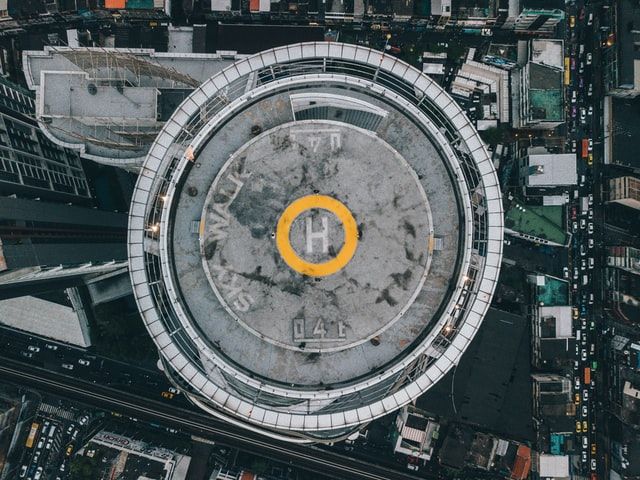VP, Hybrid Cloud Practice
Cloud adoption is on the rise, with 90 percent of companies using cloud computing in their operations. However, moving over to the cloud has its risks. So, how can organizations safely and securely get started with new cloud platforms?
Cloud landing zones might be the answer.
What are cloud landing zones?
Cloud landing zones are the core configurations of your cloud environment.
They’re the helipad to safely land your cloud adoption project on. With better security options and ways to manage your costs, cloud landing zones help ensure businesses succeed in cloud adoption.
But that’s not all cloud landing zones have to offer.
What are the benefits of cloud landing zones?
Landing zones reduce your cloud adoption risks. This is because they set you up with a baseline of standards and policies to work with. The benefits of this are:
- Centralization. Landing zones unlock the benefits of the cloud by centralizing and automating your administrative tasks. This frees up your teams to work on higher-value projects.
- Improved overall security. Nearly half of corporate sensitive data is stored in the cloud. Protecting your data is vital. Landing zones secure your cloud environment, meaning you’re free to safely innovate.
- Agility and scalability. After automating your base tasks, you can leverage the agility and scalability that the cloud offers.
- Cost awareness. Eighty-two percent of businesses consider managing cloud computing spending as a top priority. ****With landing zones, you can integrate cost management tools like AWS Cost Explorer or GCP Billing to keep on top of your bills.
Ready for cloud adoption? 8 considerations for your landing zone
Your landing zone choices will be unique to your requirements. Here are some considerations you should make before you shift over:
- Scale. Will you need your platform to grow or downsize in the future? Providers like AWS and Azure offer packages that cater to your scalability needs.
- Security. Cloud-native tools integrate security, but will it be beneficial to you? Cloud platforms will have detailed breakdowns of security measures in their documentation, so make sure you review this and see if it’s right for you
- Governance. Cloud governance is a set of practices to help your users operate efficiently. Landing zone governance gives you valuable standards that reduce refactoring when introducing new environments.
- Networking. You need to choose a network design for your landing zone. This will determine parameters like on-premises vs hybrid cloud connectivity options and whether workload traffic will have to pass through next-generation firewalls.
- Identity. Identity policies help keep your secure data in safe hands. Ensure you know who should have access to what with strong Identity and Access Management rules and implement further measures like multi-factor authentication.
- Operations. How are you going to manage your cloud operations? For example, Azure offers server management, as well as the ability to centralize your management operations with Azure Lighthouse.
- Resources. In a more holistic sense, how are you going to manage your overall resources? You may have two different cloud environments where you need to manage resources differently. In this case, you may choose to segment and group specific resources together to maintain operational excellence.
- Monitoring. Finally, you need to consider what monitoring tools you’ll use. For instance, AWS’s CloudWatch monitoring tools give you complete cloud visibility across multiple environments.
Land with confidence
Eighty-five percent of organizations will be cloud-first by 2025, according to Gartner. Yet, even with these high rates of adoption, many businesses are struggling to manage their cloud environments.
Cloud landing zones offer the ability to scale as you like, keep your data secure, and effectively manage your operations. Landing zones will help you meet your adoption goals if you’re considering moving to the cloud.
Want to learn more about cloud landing zones? Contact us.

